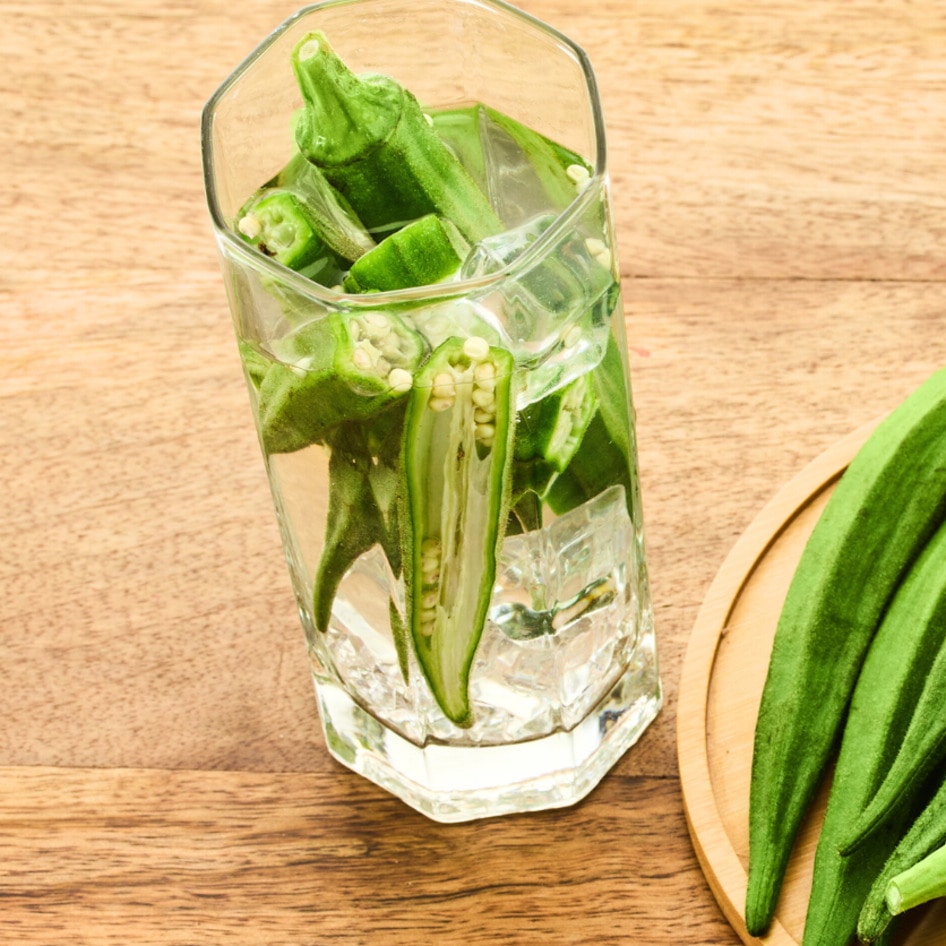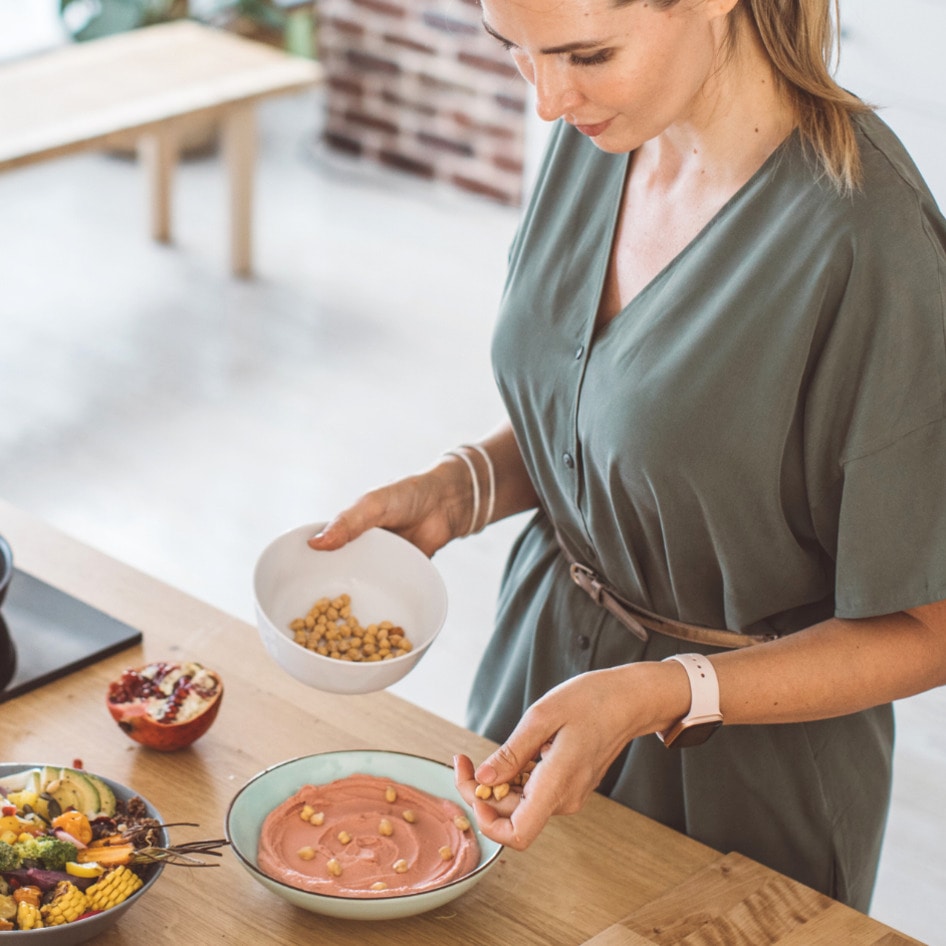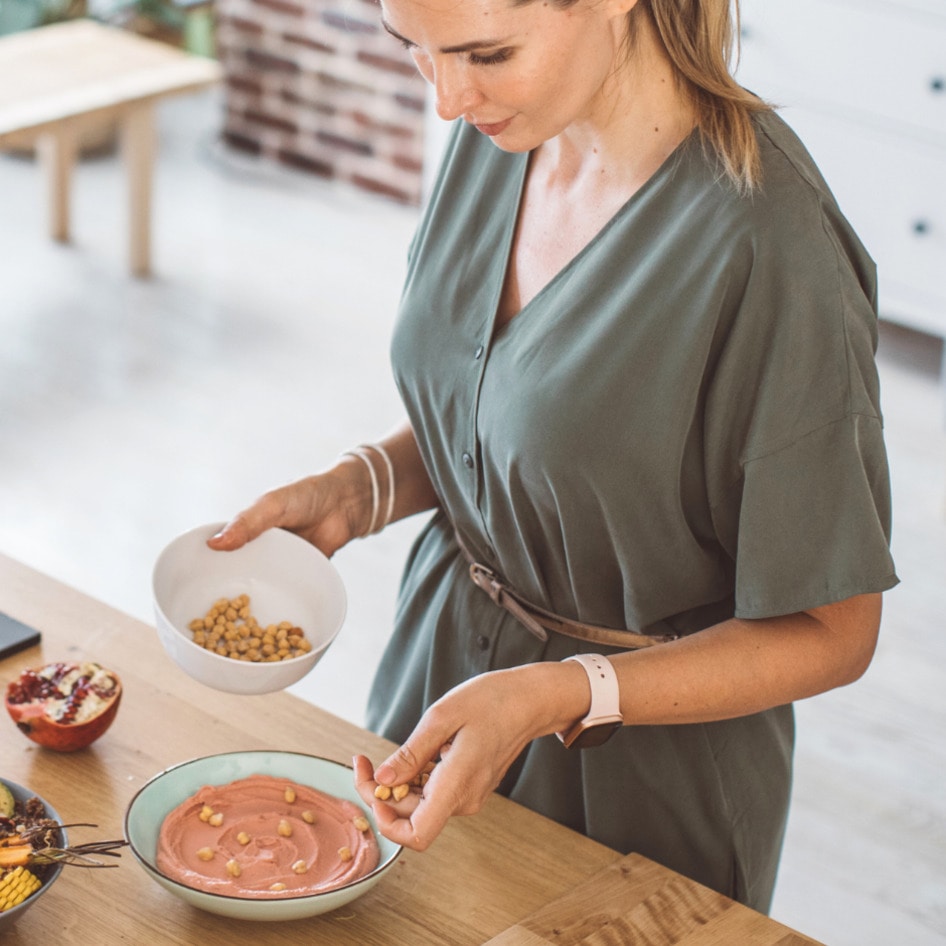Are you getting enough fiber? That’s the question all over social media right now. On Instagram, for example, the hashtag is attached to more than 3 million posts, and “high fiber” is connected to nearly 220,000. Fiber is gaining popularity in wellness conversations, much like protein has in recent years. Fiber is becoming such a hot topic that it has spawned its own social media trend called “fibermaxxing,” which focuses on intentionally boosting the fiber content of everyday meals.
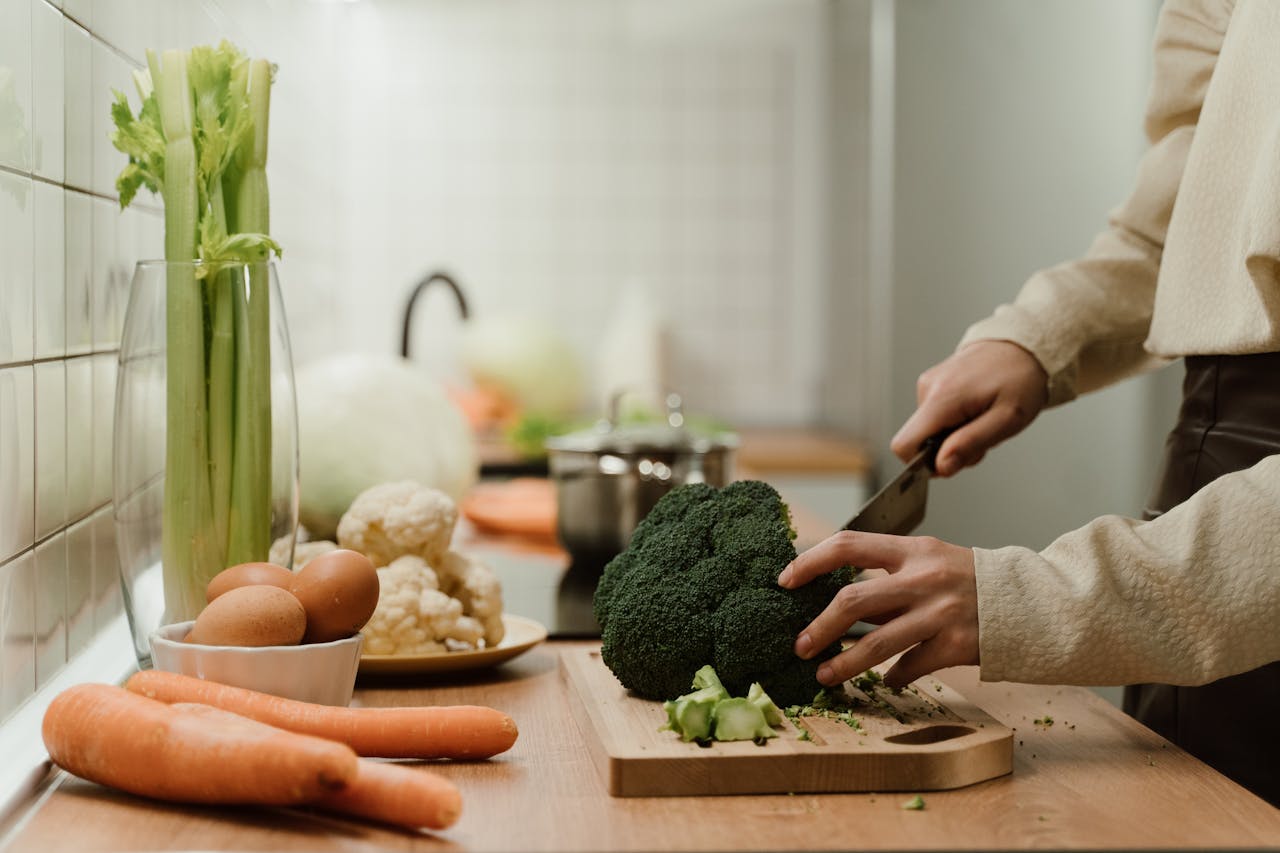 Pexels
Pexels
Let’s start with the most important fact: fiber is important, and getting enough every day is linked to numerous health benefits. “Fiber can help maintain gut health, support a healthy weight, and decrease the risk of heart disease and diabetes,” Yvette Hill, RDN, tells VegNews. Current guidelines recommend 22 to 28 grams of fiber per day for women, and 28 to 33 grams for men, depending on age and activity level.
Too much, too fast: why balance matters
Nuance often gets lost on social media, especially when nutrition advice comes from unqualified sources. According to a recent survey by MyFitnessPal, only two percent of health information online actually aligns with public health guidelines. Yet, research suggests that nearly 90 percent of Gen Z and Millennials seek out health support on social media.
For some, increasing fiber too quickly could exacerbate existing health issues, like irritable bowel syndrome, for example. “While fiber is beneficial, more doesn’t always mean better,” says Hill. “Adding too much too quickly can lead to bloating, gas, and constipation.” That’s why many experts recommend taking it slowly, to allow the digestive system time to adjust.
“I do believe fiber intake can be oversimplified by influencers,” notes Maura Fowler, RDN, of Healthy You By Maura. “Many influencers, particularly non-healthcare professionals, don’t understand how to correctly read research, leading to bias or misunderstandings in research.”
“Just like many components of nutrition, intake of fiber may play different roles for different individuals depending on their health status,” Fowler says.
Why some experts see fiber awareness as a win
However, some believe that growing awareness of fiber on social media is a net positive. One viral TikTok video from Alice Bleathman, who, notably, is a dietitian, states: “Young people aren’t dying of protein deficiency, they’re dying of colon cancer.” The six-second video, which inspired similar content across social media, has racked up millions of views.
Bleathman’s video spotlights an important issue. Increasing protein might be trendy, but protein deficiency isn’t leading to major health issues. Fiber, on the other hand, can reduce the risk of chronic diseases, including colon cancer. That’s not hyperbole, but an accepted fact within the medical community.
BECOME A VEGNEWS VIP: Get exclusive product deals, freebies, and perks galore!
“It’s not a bad thing [that fiber] is being talked about,” says Fowler. “It’s just important to know the science, understand health on a social level, and how to word information correctly in social media posts.”
Hill agrees. “It’s a mixed bag,” she says. “Not all influencers have the background to talk about the science. But, in fairness, this can appeal to people who want clear, concise, bite-sized information. I think it’s a positive thing that a message like this is being communicated.”
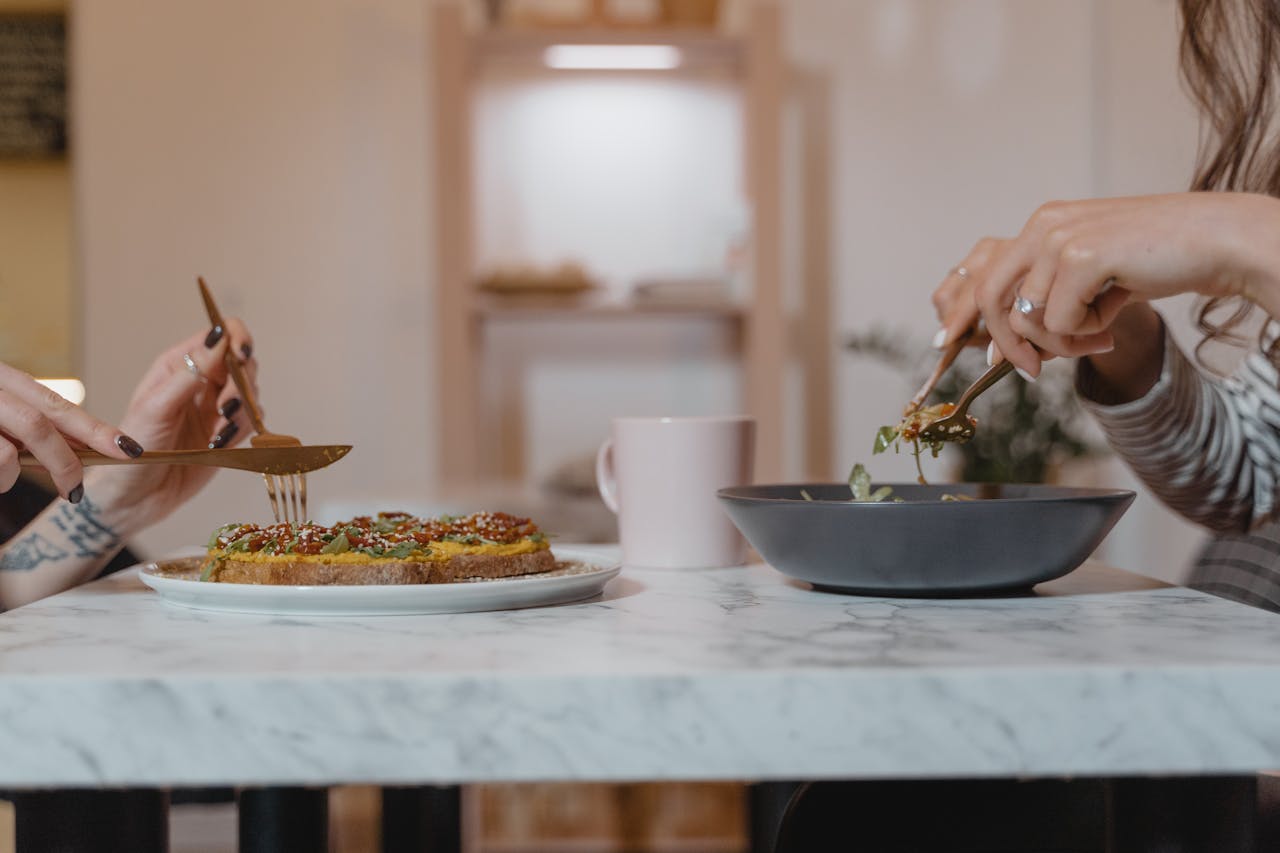 Pexels
Pexels
Hill notes, however, that for personalized, scientifically-based nutrition advice, people should consider contacting a registered dietitian nutritionist.
It’s also important to recognize that access to private health advice is a privilege. Research suggests that more than 25 million people in the US don’t have health insurance. For many, social media advice is a new line to nutritional education that hasn’t existed in the past.
But, as with anything you see on social media, the most crucial piece of advice to bear in mind? Approach every post with critical thinking. From carnivore influencers who discourage vegetable consumption to wellness creators promoting misinformation and unrealistic body ideals, it’s a jungle out there.
“Unfortunately, some messages on social media can be more about fearmongering,” says Hill. “We’ve seen messages promoting unhealthy eating trends, which can lead to things such as disordered eating.”
Hill says the best way to sustainably increase fiber intake is to keep your plate diverse and colorful. “Examples of high-fiber fruits include apples, pears, raspberries, and oranges,” she notes. “Complex carbohydrates can also provide a good source of fiber. Choose things such as brown rice and whole grain pasta. Legumes are great sources of fiber. Incorporate beans, lentils, and peas. With vegetables, focus on sweet potatoes, carrots, collard greens, beets, Brussels sprouts, and broccoli.”
If you’re starting from a low-fiber diet, increase your intake of these foods slowly to see how your body reacts. And if you need more guidance, reach out to a health professional for advice.
For more on how to increase your fiber intake, check out our guide to the nutrient here.
For more plant-based stories like this, read:
JUMP TO ... Latest News | Recipes | Guides | Health | Subscribe



